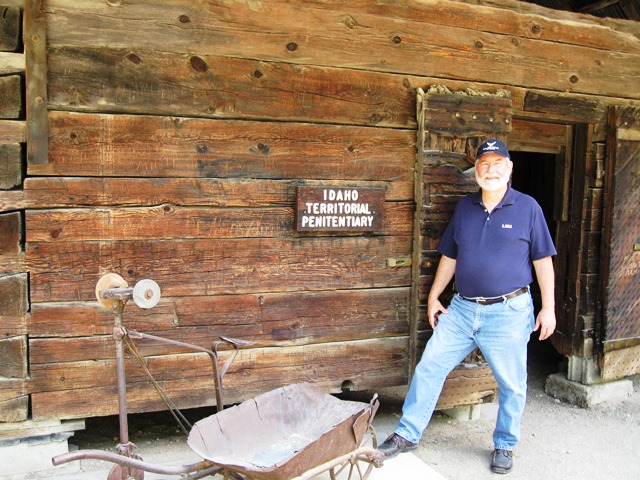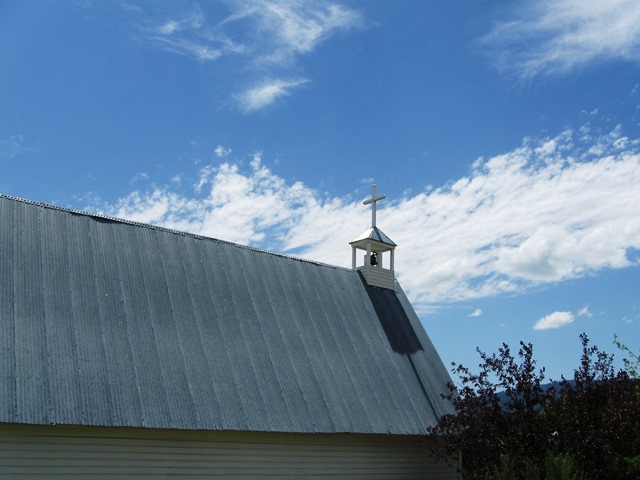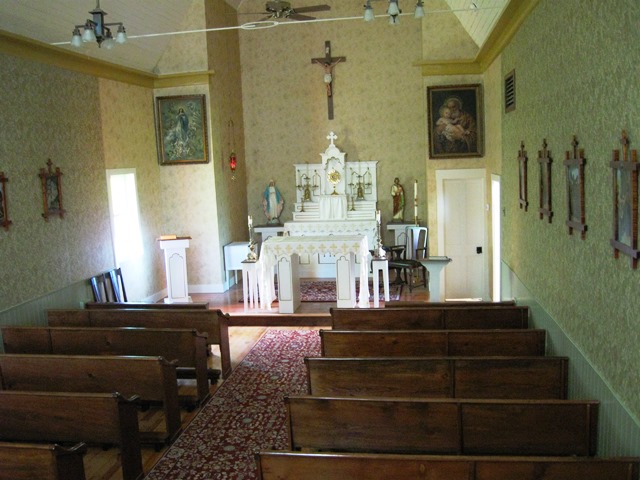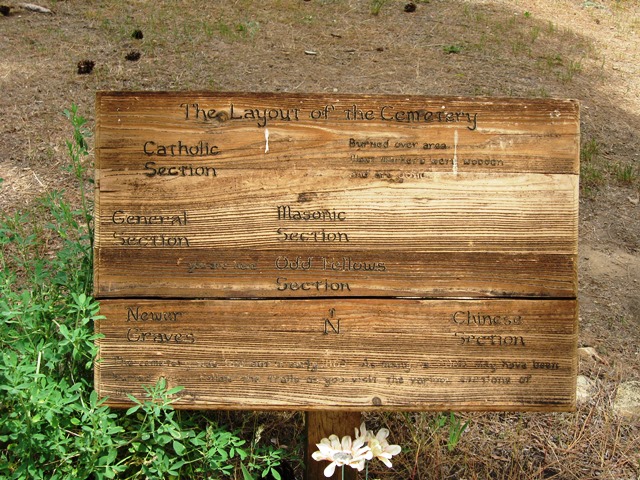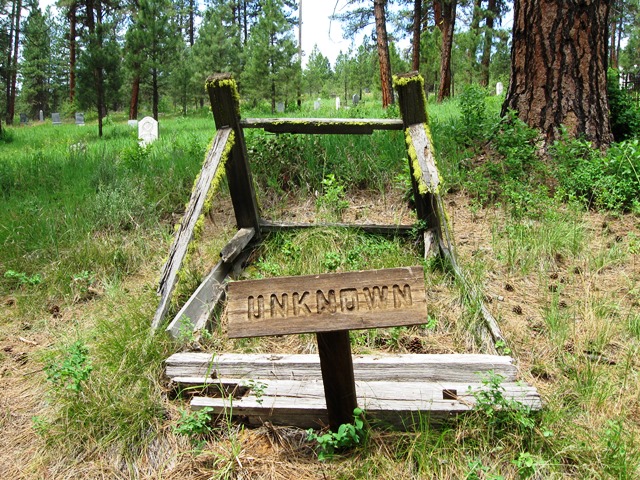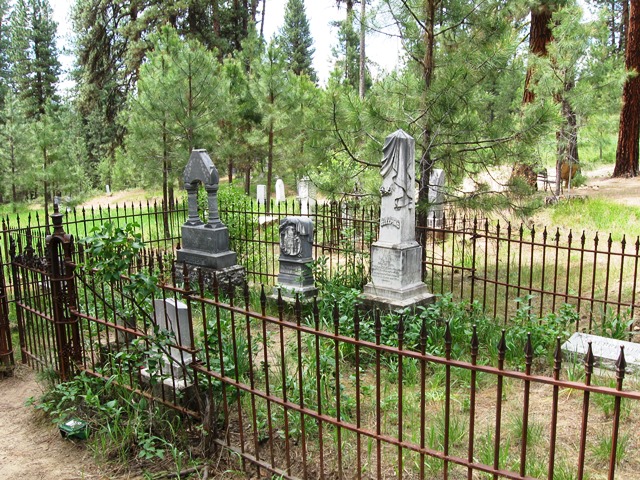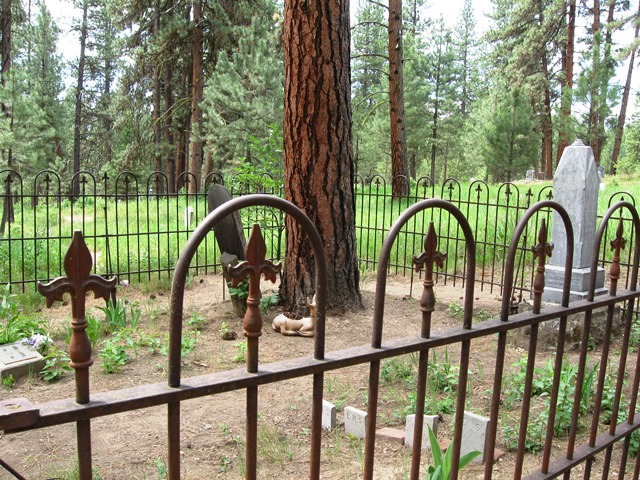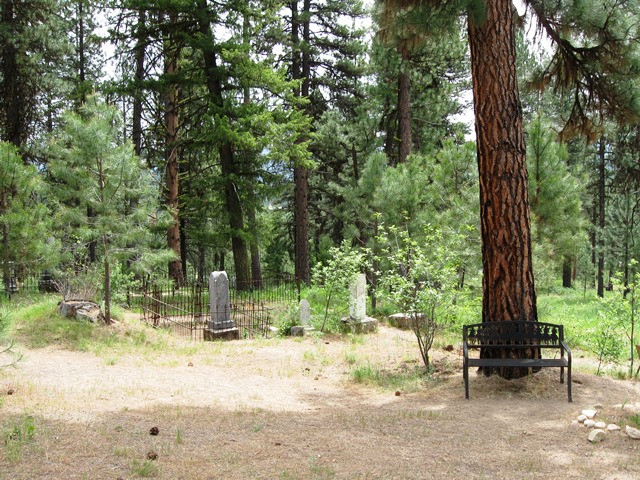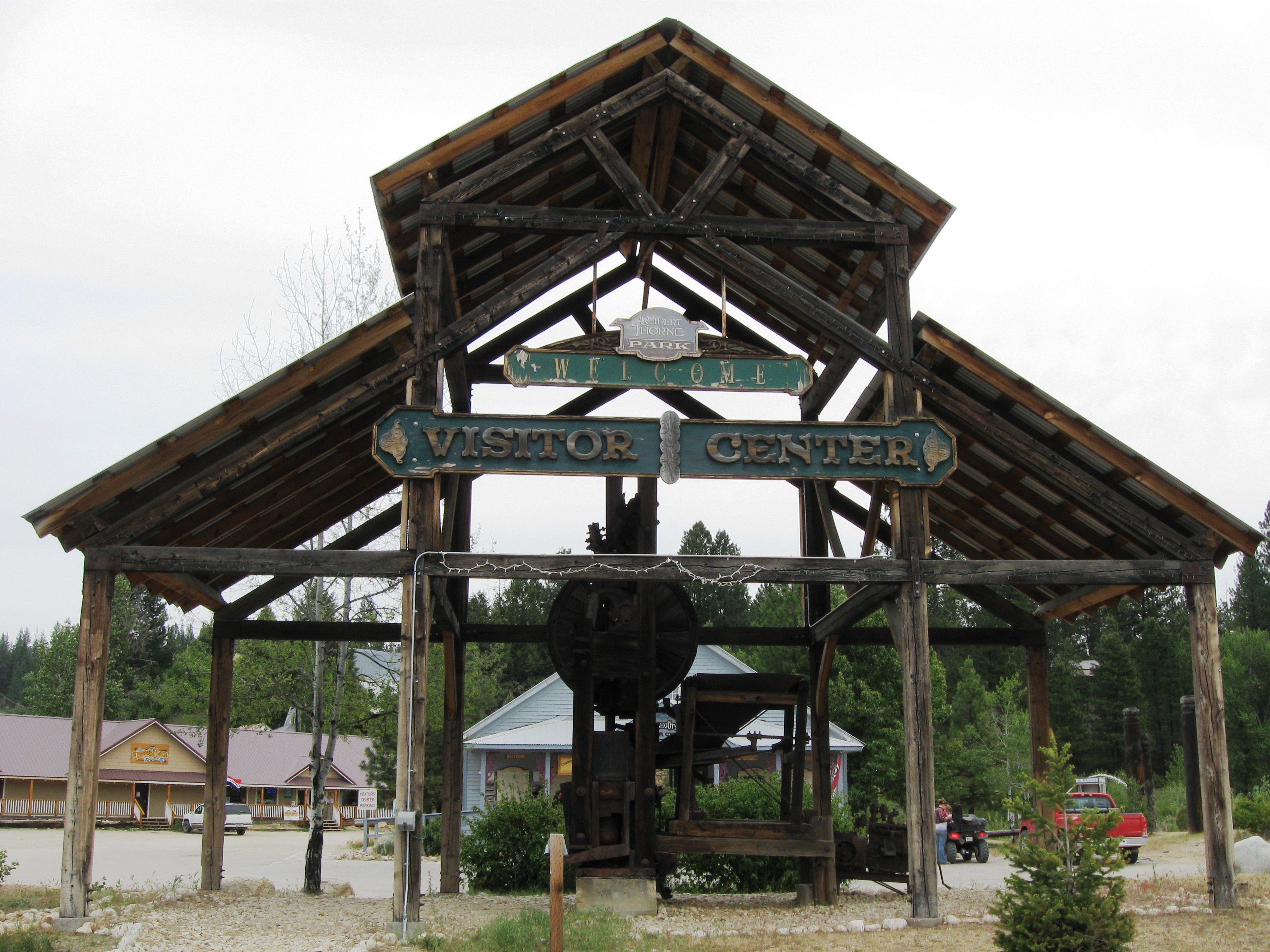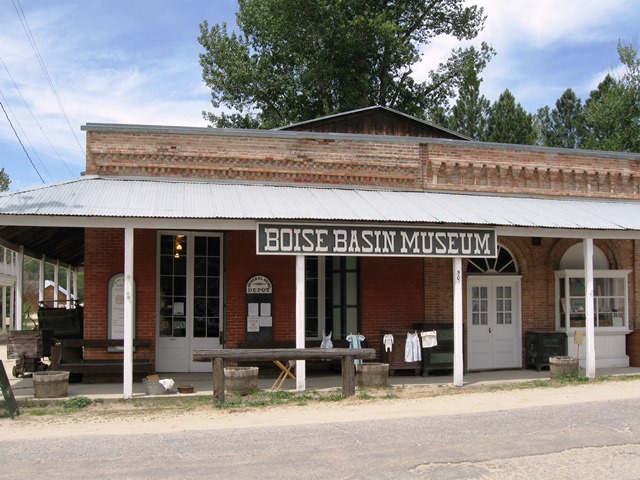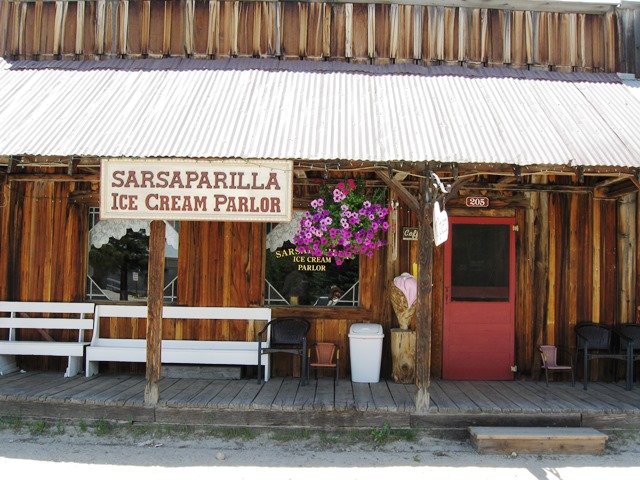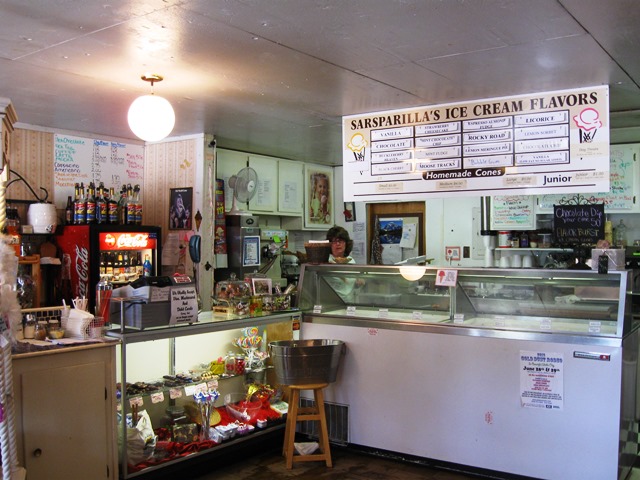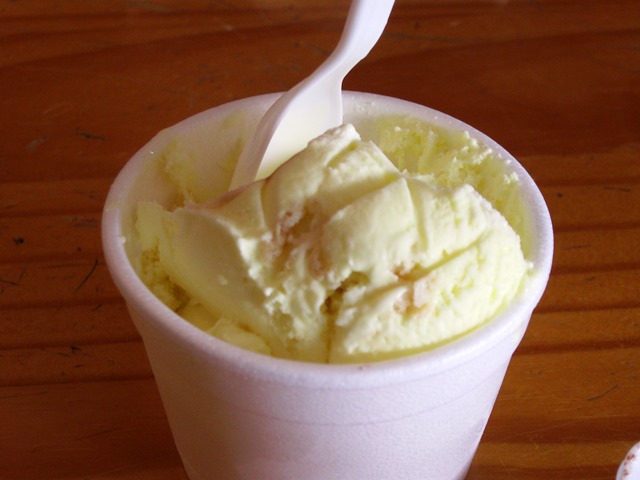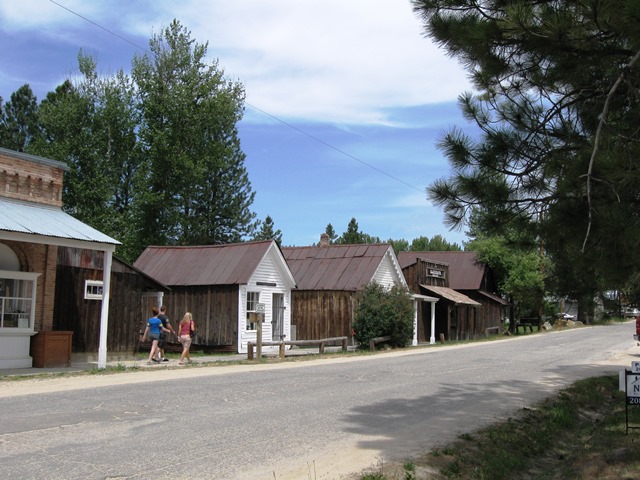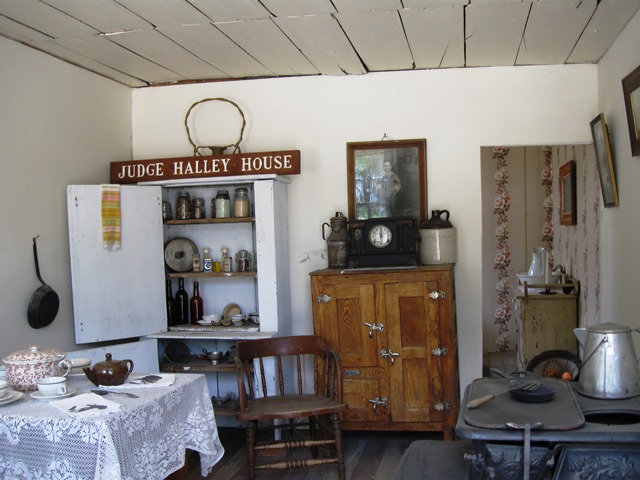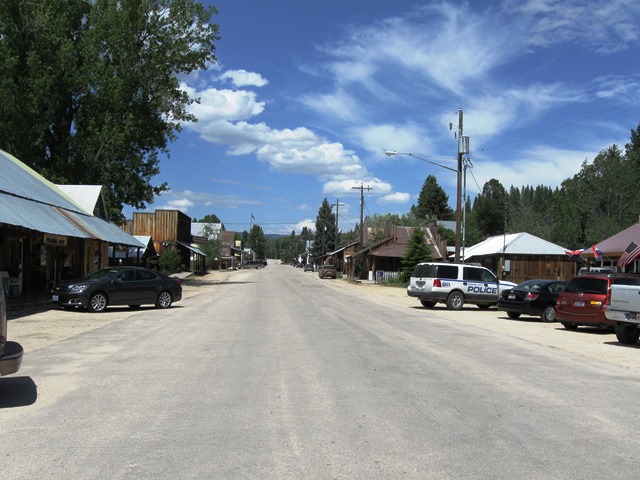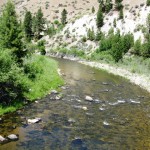 The Civil War was raging, bloody battle after bloody battle; brother fighting brother, the year was 1862. But in the Idaho Territory men were fighting a different battle, the battle for the gold.
The Civil War was raging, bloody battle after bloody battle; brother fighting brother, the year was 1862. But in the Idaho Territory men were fighting a different battle, the battle for the gold.
Gold was discovered in the Boise Basin and the thought of instant wealth were drawing men to the territory. Mining towns sprung up and the state of Idaho was developing. One of those towns was Idaho City and it became the largest in the territory. At its peak, Idaho City boasted more than 250 businesses including an opera house, music store, tailors, breweries, bowling alley, barber shops, bakeries, pool halls, drug stores and more saloons that one can imagine. Idaho City was a rough town, where it was said that “whiskey was cheaper than water”. Also life was cheap with men always ready to defend themselves and their gold. Despite all this, Idaho City grew and soon was larger than Portland, OR and had the largest population in the Northwest. What helped to build Idaho City was the more than $250,000,000.00 worth of gold taken from the Boise Basin.
But as fast as the gold appeared, it also dried up. With little gold to be found, prospectors left the area. Lack of gold was not the only downfall for Idaho City; fire was another enemy. In 1865, fire destroyed 80% of the buildings in town with additional fires in 1867, 1868, and 1871 also being destructive to Idaho City. Yet because of the gold, Idaho City was rebuilt each time fire devastated it. Today some of those structures from the 1860s are still standing and can be visited.
One of these structures is the Territorial Jail built in 1864 at a cost of $10, 975 with $6,080 payable in gold. Walking in the old wooden structure you can almost smell the scent of human bodies from days gone by.
The Catholic Church sits on a hill above town and the white wood structure can be seen from a distance. The original building burned in the fire of 1867 and was rebuilt and continues to celebrate Sunday Mass. The church like the town lives on long after the gold.
Pioneer Cemetery has served Idaho City since 1863. The cemetery covers forty wooded acres and approximately 200 grave markers still stand. History states that of the first 200 graves only 28 died of natural causes. Many of the graves have markers that read “Unkown”. J. Marion Moore, arriving during the fall of 1862, is said to be “The Discoverer of the Basin”. He is buried in Pioneer Cemetery and his death was one where gold was the issue; he was shot to death during an argument over mining claims.
The best place to begin your visit to Idaho City is the Visitor Center just off the highway on Main Street. Here you can get a map of the town with all the historical buildings. From there head to the Boise Basin Museum located in the old Post Office. If Karen is on staff when you visit you are in for a treat. She is a wealth of knowledge relating to Idaho City and its history.
Before leaving Idaho City, visit one of the historic buildings for a little modern refreshment – ice cream. The Sarsaparilla Ice Cream Company offers a variety of ice cream, candy and souvenirs. Try a waffle cone sundae or a scoop of lemon meringue pie or a local favorite – huckleberry.
- Lemon Meringue Pie Ice Cream
Walking the planked boardwalks of Main Street and Montgomery Street we felt ourselves pulled back to the bustling, brawling mining town that bore the name “Queen of the Gold Camps”. The Boise Basin with Idaho City as its center was one of the richest gold strikes in North America during the 1860’s. Listen close you can hear the arguments over claims, residents shopping at the mercantile or the printing press at the Idaho World.
Step back in time, stroll around town and let history seep in your bones and relive the gold rush that built Idaho City, ID.

